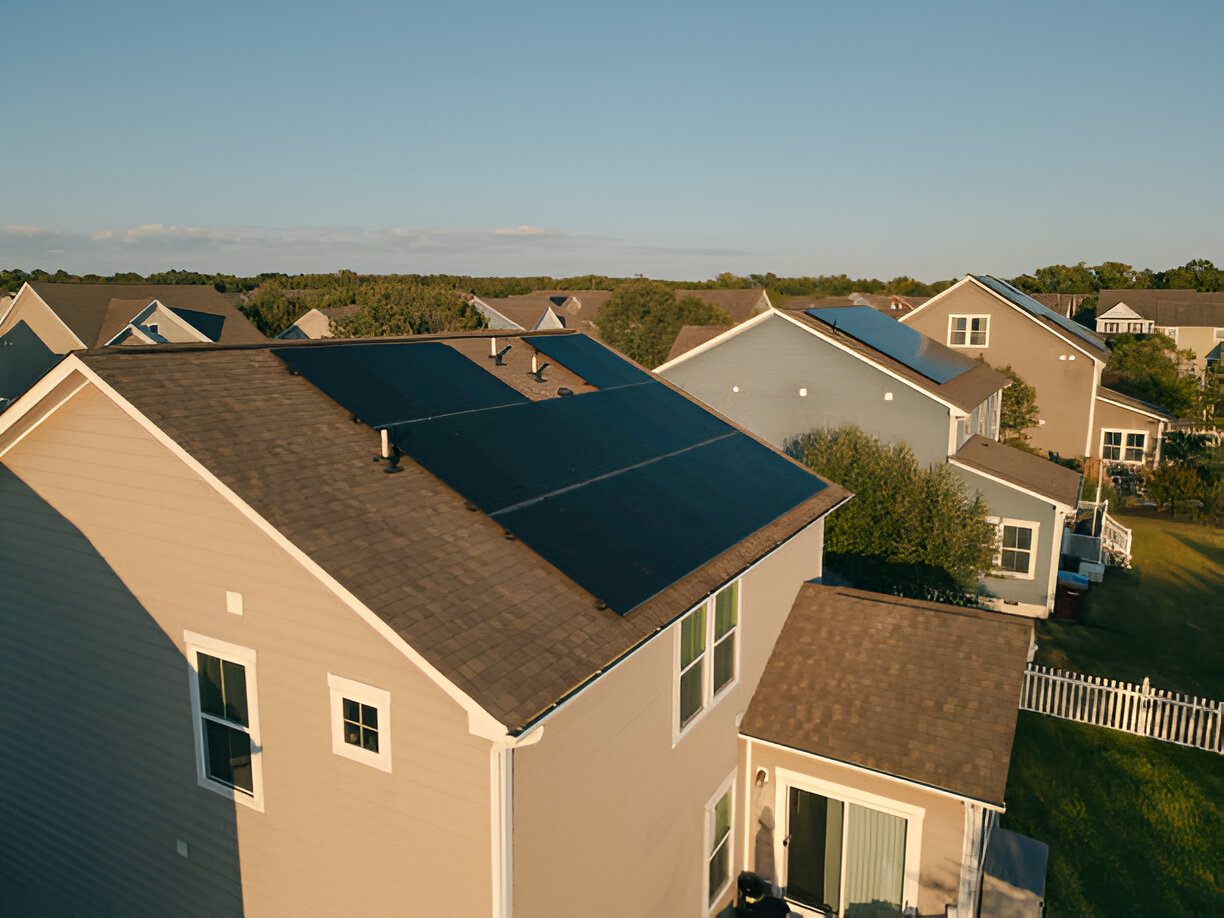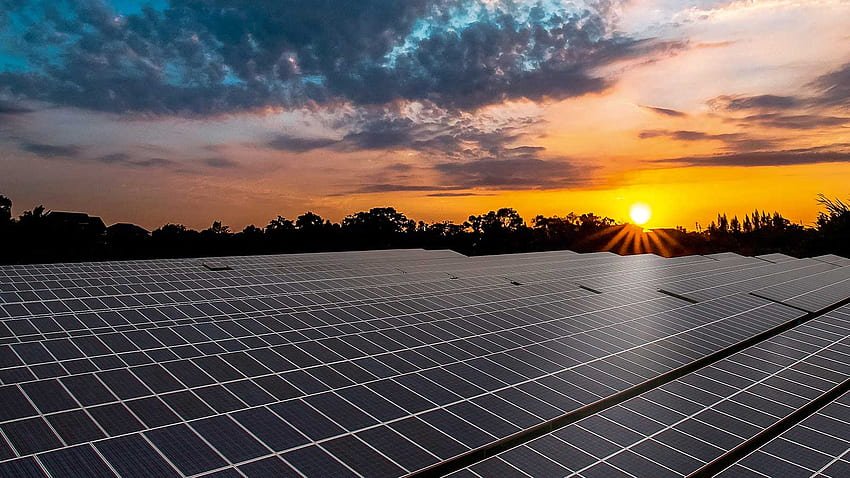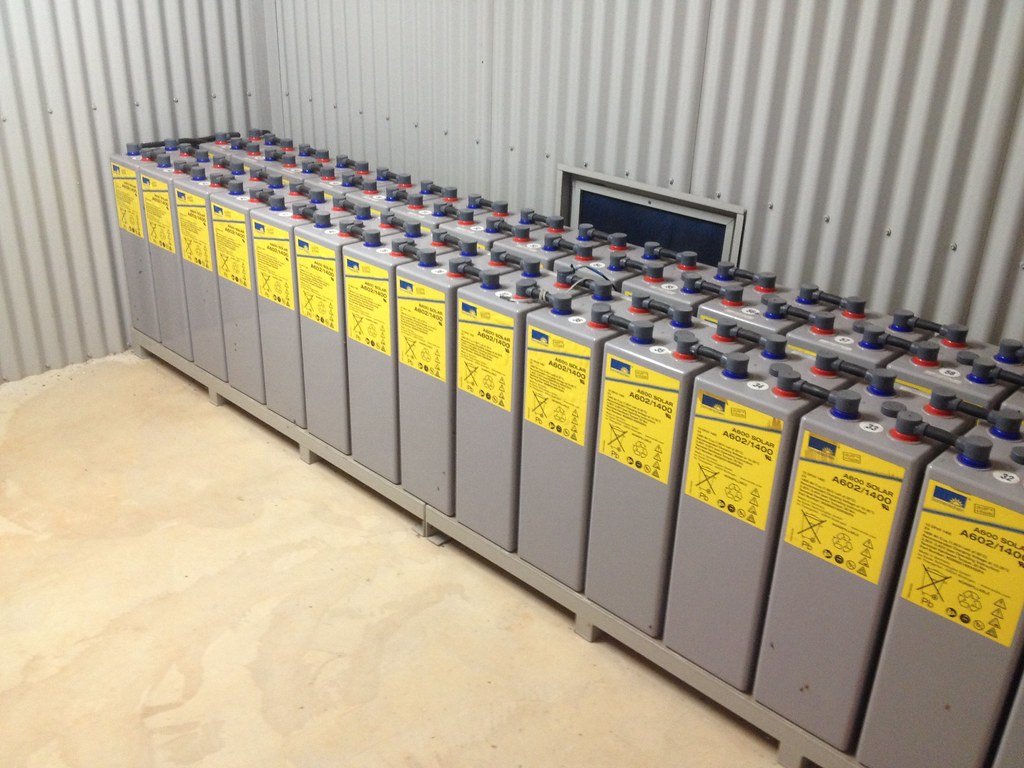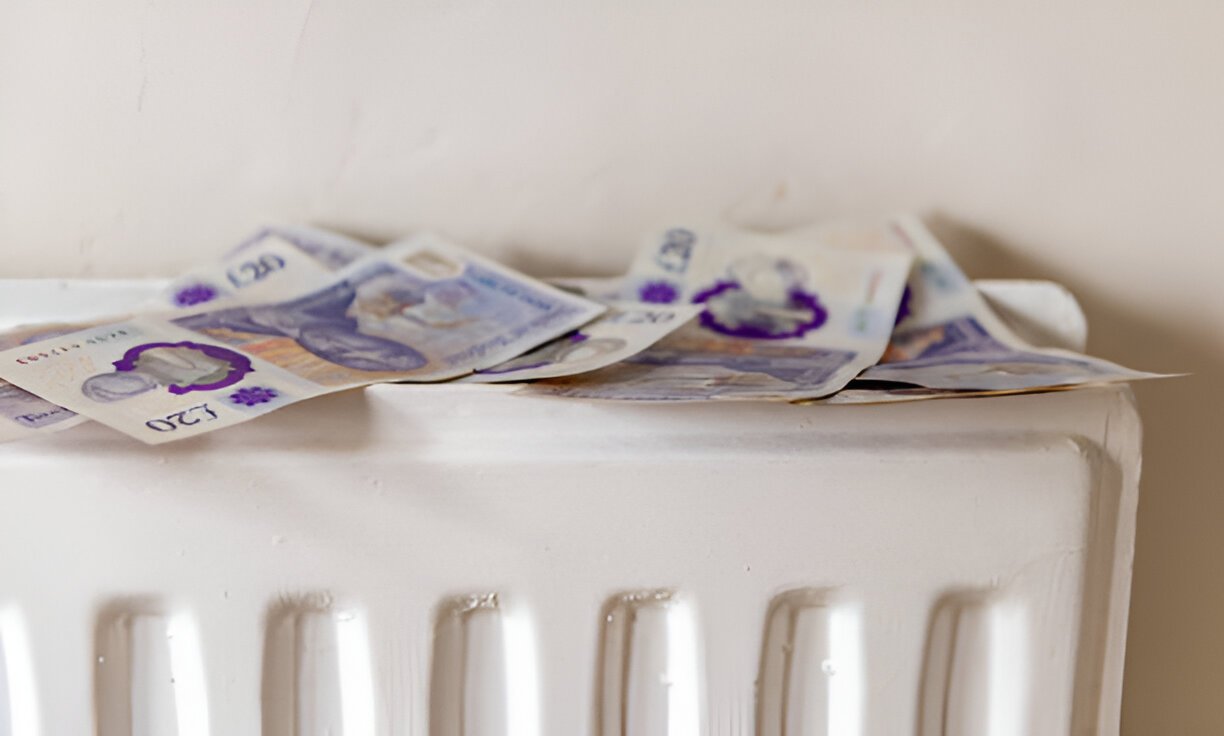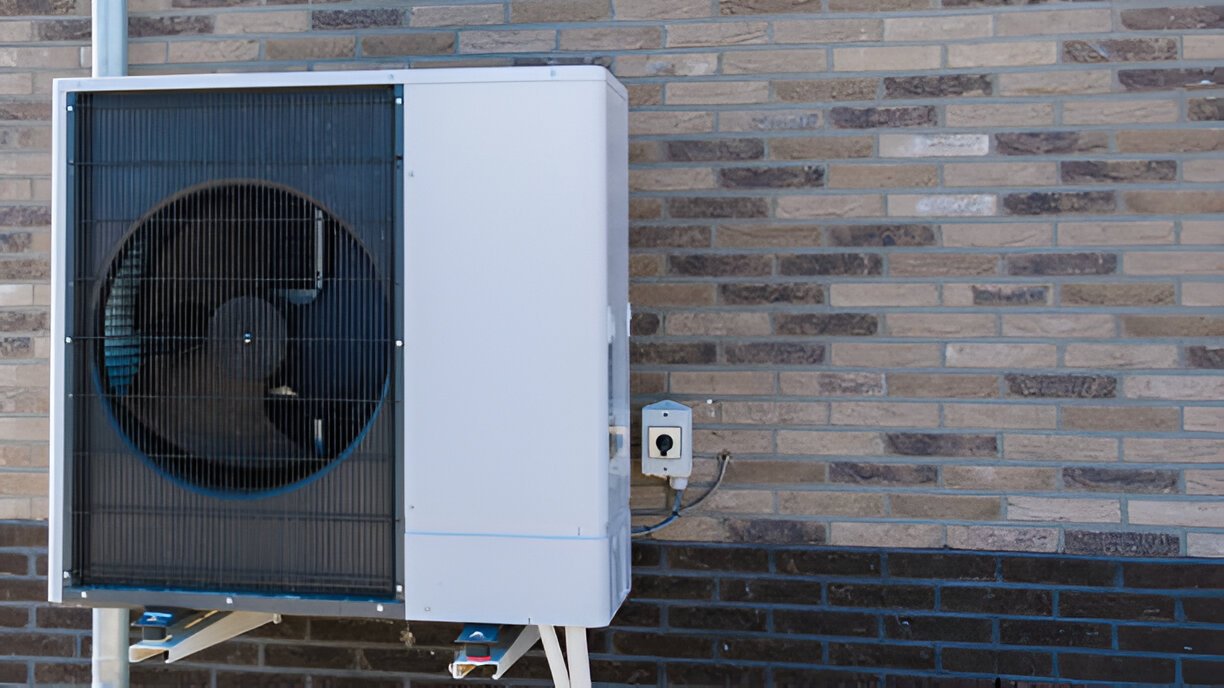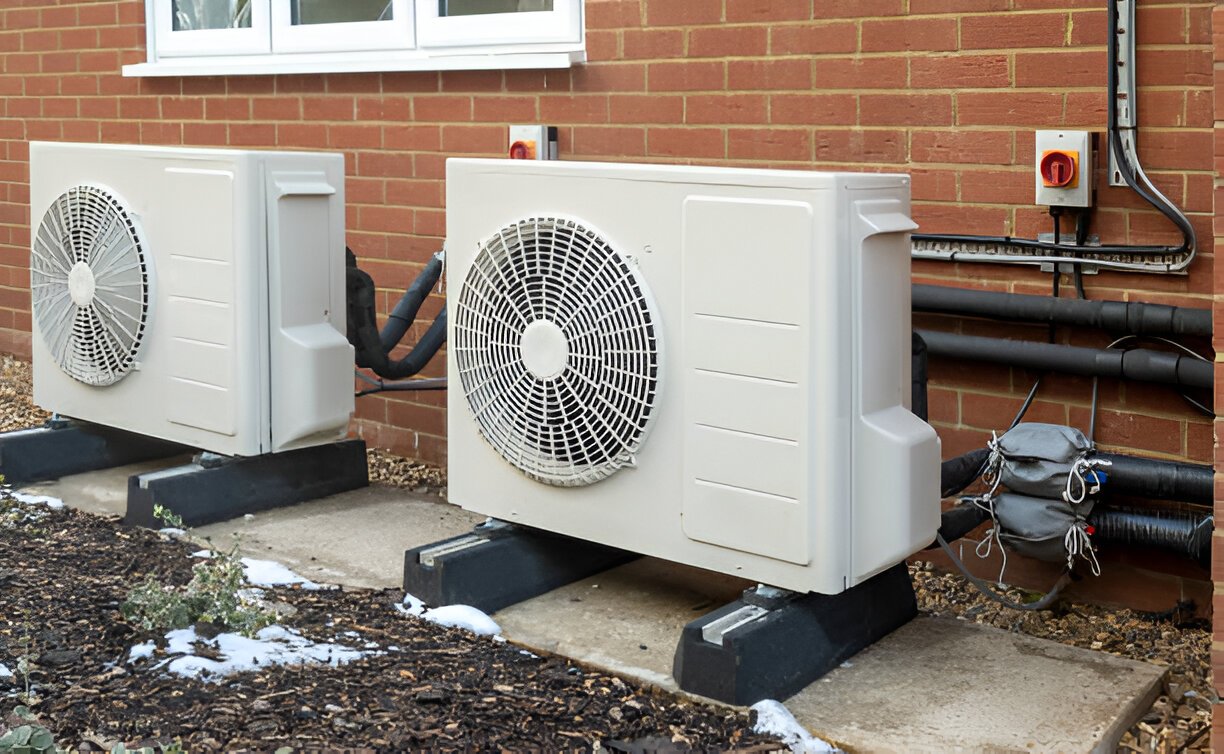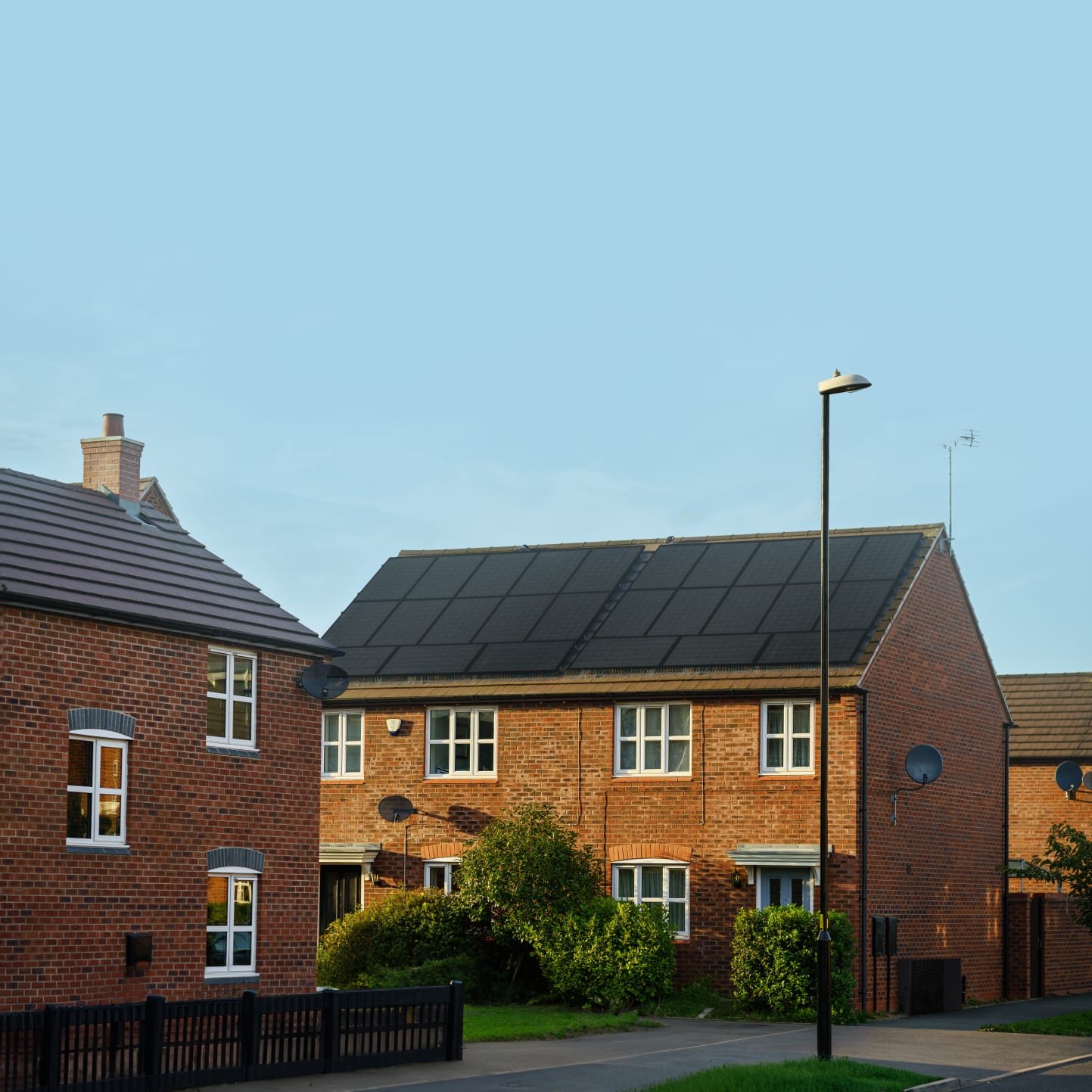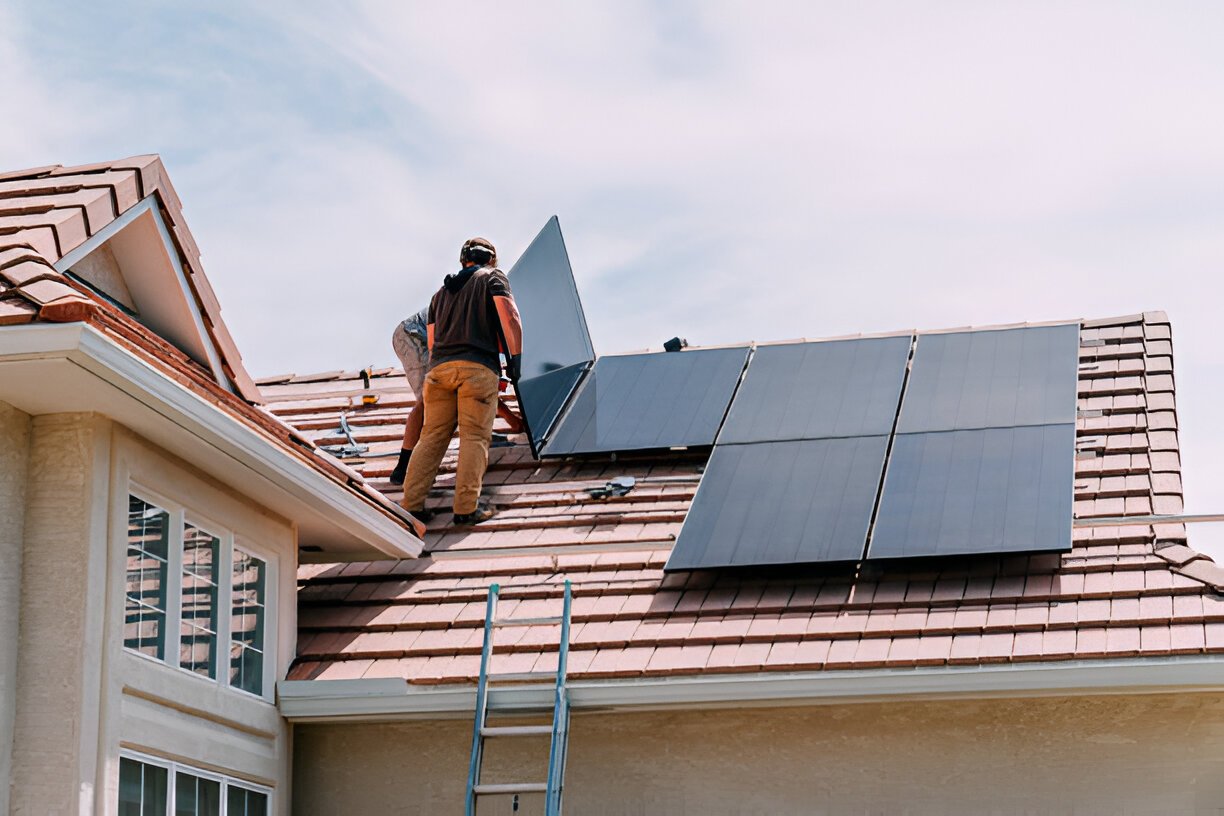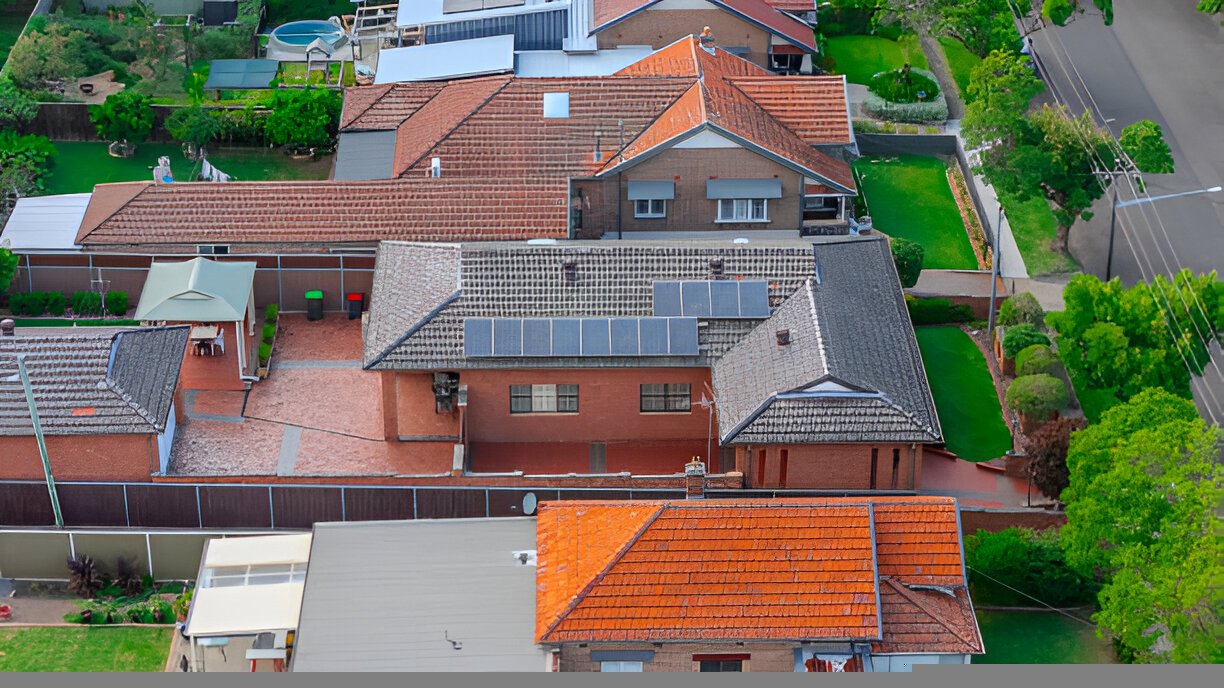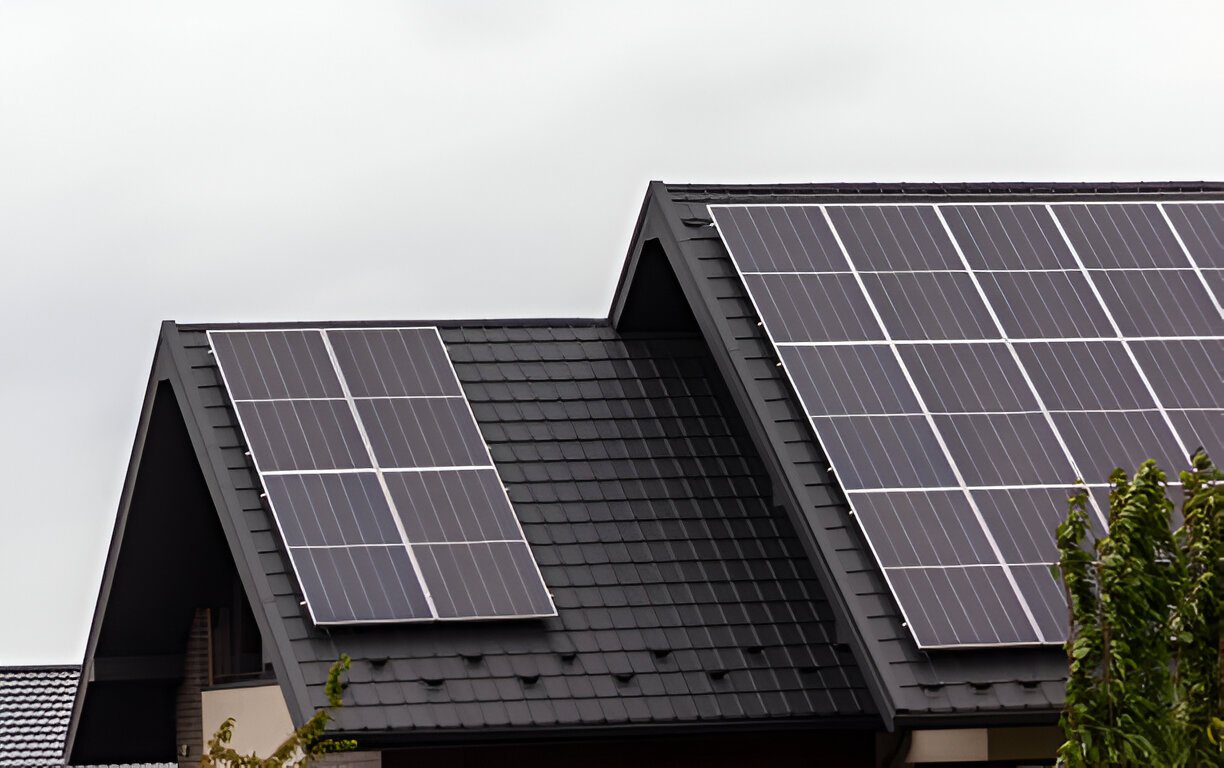It is surprising that solar panels have been around since 1881. If we disregard this as “old technology”, solar panels have still been around for a long time. The technology that is used by modern solar panels first became available as a commercially viable product in 1954. However, since 2013, solar technology has experienced staggering growth. This is mainly due to the popularity of renewable energy leading to substantial investment in R&D to produce panels that are efficient at converting photons into solar energy.
As of now, panels operate at a 20-22% efficiency in residential settings. The amount of solar power generated depends on the number of solar panels in the system, their efficiency, the solar irradiance, tilt, and environmental conditions.
In this article, we will discuss these factors in detail and also tell you how to calculate the solar panel output on your own so you can decide whether solar panels are worth the investment or not.
Factors Affecting Solar Panel Energy Production
A number of factors contribute to the energy that a solar panel produces. First and foremost, the type of solar panels you pick has an effect on their efficiency and, thus panel production. Here is a breakdown of these factors:
Panel Efficiency
There are mainly two types of panels, monocrystalline and polycrystalline solar panels. Monocrystalline solar panels offer 15-24% efficiency while the latter offers 13-16% efficiency.
Panel Size and Quantity
A larger solar PV system with more panels can produce more energy. Plus, if you go for monocrystalline solar panels, they produce more power output per square foot, making them space-efficient as well.
Solar Irradiance
Solar panels work by converting the energy from photons in the sunlight to electrical energy. The photon energy dislocates the electrons in the panels that produce electric current. Therefore, the intensity of sunlight in a particular location is a huge factor in electricity production. Areas with higher solar irradiance, like those closer to the equator, produce more energy. Another great way to increase solar irradiance is by installing panels at a higher altitude.
Weather Conditions
Factors like cloud cover, rain, and snow can significantly reduce solar panel output. High temperatures can also slightly reduce solar panel efficiency. However, some panels also perform well when there is a cloud cover.
Tilt Angle and Orientation
Optimizing the tilt angle and orientation of solar panels can maximize the output. Those in the northern hemisphere should have panels installed facing south. Plus, the tilt should be 15-20 degrees from the horizon where the sunlight hits the panels straight at the highest point of the day.
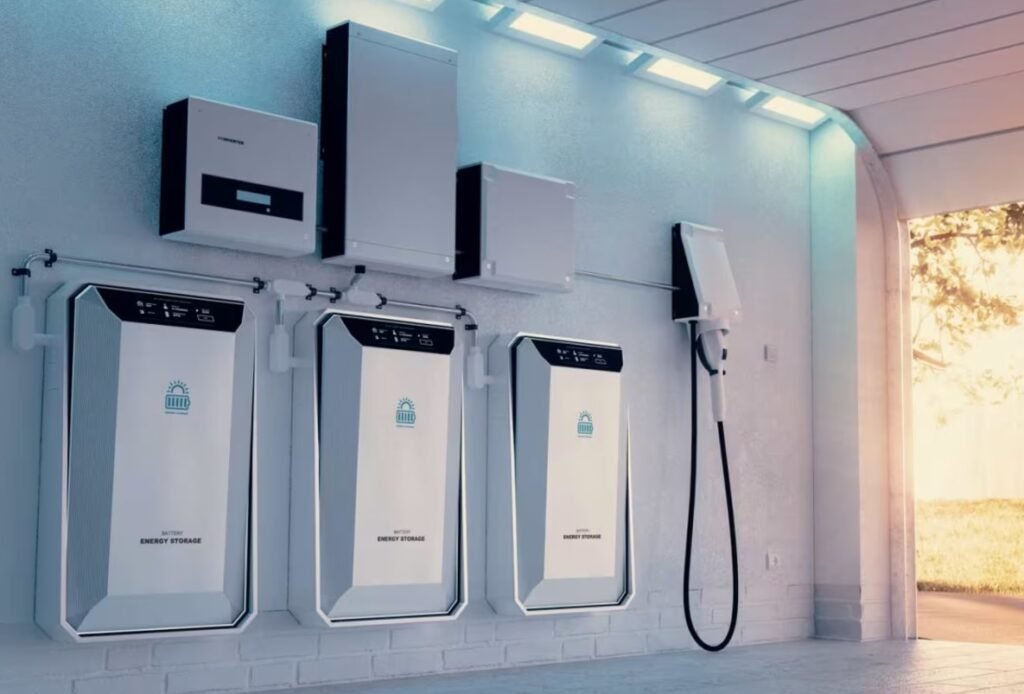
How to Calculate Solar Panel Energy Output
The energy output of a solar system can be estimated using the panel wattage. Solar installation companies use this calculator to give you an estimate of the savings you can enjoy when you install solar. Here is the formula for calculating the energy output:
Energy Output Solar (kWh/year) = Panel Wattage x Peak Sun Hours x Derating Factor
- Panel Wattage: This is the sum of the wattage of all solar panels in the system.
- Peak Sun Hours: This is an estimate of the average number of hours per day when sunlight can generate 1,000 watts of energy per square meter of surface area.
- Derating Factor: For an average solar panel, a 0.8 factor is used, but it also depends on the age of the inverter and the panels.
Average Energy Production of Solar Panels
Residential Systems: A typical residential system with a capacity of 5 kilowatts (kW) can generate around 6,000 to 8,000 kilowatt-hours (kWh) of electricity per year. However, smaller capacity systems with 3kW or 4kW solar PV capacity can also be installed. The output varies according to the capacity.
Commercial Systems: Larger commercial systems can produce significantly more energy, with output ranging from tens of thousands to hundreds of thousands of kWh per year.
Impact of Solar Panel Efficiency on Energy Output
he efficiency of the panels has a substantial impact on the energy output. Here are some factors that can impact solar panel efficiency, and therefore, the energy output of the system:
Panel Type
The panel type has a strong impact on its efficiency. Here are the type of panels available and their efficiencies:
- Monocrystalline panels: 15-24%
- Polycrystalline panels: 13-16%
- Thin-film panels: Amorphous silicon (a-Si) has a 6-8% efficiency; Copper indium gallium selenide (CIGS) has a 10-12% efficiency rate.
Weather
During cloud cover, panels are less efficient because they are not getting enough photons to produce a high level of current. However, the latest solar panel technology allows panels to produce around 10% to 25% of their regular output during cloudy days as well.
Panel Orientation and Tilt
The orientation of the panel ensures that it receives adequate sunlight during the peak hours of the day. Solar panels in the northern hemisphere should face south while those in the southern hemisphere should face north.
The tilt makes sure that the panels receive adequate sunlight throughout the day. Solar panels should point directly at the sun in the middle of the day. Ideally, solar panels should be installed at a 15-20 degree tilt.
Dust and Debris
Dust, dirt, and bird droppings can form a barrier between the panels and the sunlight, thereby reducing their efficiency. So, cleaning the panels is a part of the maintenance that keeps cell efficiency high.
Obstructions
Obstructions like shade from trees and nearby buildings can also cause solar panels to lose efficiency since they are not getting direct sunlight.
Age of the Panels
Solar cells gradually lose the ability to produce solar energy over time just like all technological devices. The solar panel degradation curve is 2-3% in the first year because of light-induced degradation. The decline rate is steady and under 1% in the next decade or more.
Factors to Consider for Maximum Energy Production
Everyone, whether a commercial solar panel investor or a residential one, wants to maximise the renewable energy their solar panel generates, thereby increasing their return on investment. Here are some expert-suggested tips that you can follow to maximise energy output:
- Choose High-Efficiency Panels: Opt for panels with the highest efficiency rating available. They might be more expensive, but they have a higher efficiency and longer lifespan.
- Hire Professional Installers: Professional installers like Samso Solar know exactly how to calculate the optimal orientation and tilt. Therefore, they can design a system that makes your investment worthwhile.
- Regularly Clean Panels: Remove dirt and debris to maintain optimal performance. Your panel installers can recommend you the best frequency for cleaning the panels according to your location.
- Consider a Solar Panel Monitoring System: Through a monitoring system, you can monitor your system’s performance. Any anomalies can be identified as potential issues that can be resolved through maintenance.
Energy Storage and Usage
Solar panels generate electricity during daylight hours. However, it is not possible to use all the energy that the panels are producing during the day.
Therefore, opting for a solar battery storage system allows you to use this energy during peak hours, on cloudy days, or during the night. The greater your battery storage, the greater energy your panels will be able to generate and store.
However, make sure to go for an inverter that matches the capacity of your system and your batteries. To get the right combination, choose professional installers like Samso Solar. They not only opt for the best, most high-quality panel manufacturers for their supplies, but they also ensure that you get a system designed to meet your needs.
Conclusion
Solar panel technology is continuously improving. This means that its efficiency will greatly improve as technology evolves. However, the current technology of solar panels allows a 10-24% efficiency, depending on the type of panels selected, the weather conditions, and the upkeep.
To ensure that your panels keep performing optimally, make sure you go for high-quality solar panels, professional installation, and conduct regular cleaning and maintenance checks.

